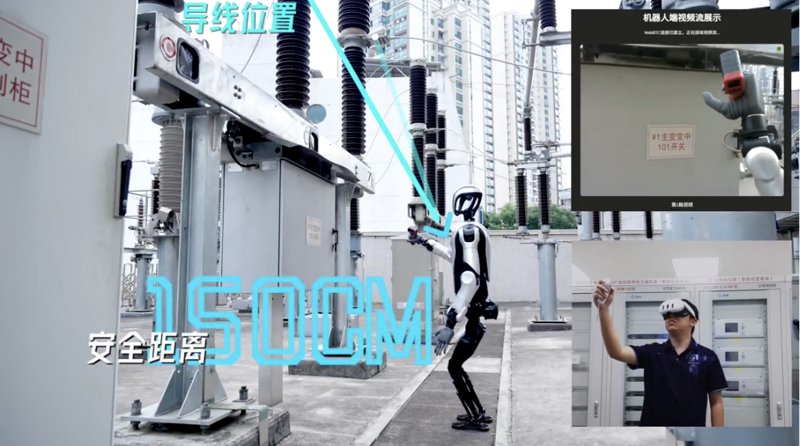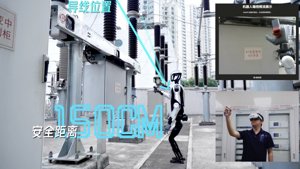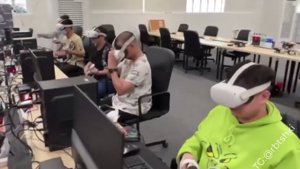Forget those dreary Zoom calls and questionable pajama bottoms; remote work just got a serious upgrade, courtesy of a rather ingenious Chinese consortium. They’ve just pulled the curtain back on what they’re confidently dubbing the power grid industry’s maiden voyage into humanoid robot applications for inspection duties. Meet “Kuavo,” a mechanical marvel cooked up by the boffins at Leju Robotics, China Southern Power Grid, and China Mobile. This isn’t just any bot; it’s a bonafide “steel avatar,” allowing engineers to tackle the sort of “don’t touch this unless you fancy a rather electrifying haircut” high-voltage maintenance from a gloriously safe distance. We’re talking a proper leap forward here, fusing cutting-edge 5G-A networks with advanced robotics in sectors where a tiny mistake could mean lights out for half a city.
Now, while Kuavo might look like the star of the show, the real unsung hero here – the puppet master, if you will – is the network itself. This whole shebang is powered by a rather nifty 5G-A (Advanced) “Edge-Terminal-Cloud” architecture. And let me tell you, it’s packing latency so low it could probably win a limbo contest. How low? Low enough to pull off a rather audacious 1,200-kilometre remote operation test, smoothly connecting Beijing and Shanghai. This wizardry means the operator gets crystal-clear HD video streaming back at a nippy 20Mbps, alongside command responses that register in milliseconds. The upshot? They’re claiming a frankly astonishing 84% boost in inspection efficiency. That’s not just good; that’s “write home to mum” good.
Standing a respectable 1.66 metres tall, Kuavo, with its impressive 40-plus degrees of freedom – which, let’s be honest, is more freedom than most of us get on a Monday morning – acts as the engineer’s literal hands and eyes on the ground. It’s perfectly capable of delicately twiddling with 110kV control cabinets, the kind of kit that demands respect and a healthy dose of caution. The 5G-A edge nodes? They’re the system’s “super nerve,” ensuring that every twitch and gesture from the operator is mirrored by the robot’s limbs with a seamless, 1:1 precision and absolutely zero perceptible lag. This, my friends, is utterly paramount when you’re mucking about with enough raw electrical grunt to light up a decent-sized chunk of the Home Counties. No pressure, then.
Why Is This Important?
Right, so why should we care beyond the sheer “ooh, shiny robot” factor? While, let’s be frank, humanoid robots sometimes feel a bit like a solution desperately looking for a problem to solve, this particular application is as practical as a well-brewed cuppa. Shoving a “steel avatar” into notoriously dodgy zones like high-voltage substations offers a crystal-clear roadmap for keeping our flesh-and-blood engineers out of harm’s way in those critical infrastructure roles. The fact that they pulled off that epic long-distance test means we’re looking at a genuinely replicable framework for advanced telepresence – a real game-changer. And the possibilities? They’re rather vast, aren’t they? Think disaster recovery, chemical plant maintenance, or any other job where donning a hazmat suit and risking life and limb sounds less appealing than a tax audit. Ultimately, this isn’t just about a rather clever walking robot; it’s about the robust, low-latency network backbone that finally makes remote physical work on this scale not just a pipe dream, but a viable, brilliant reality.






